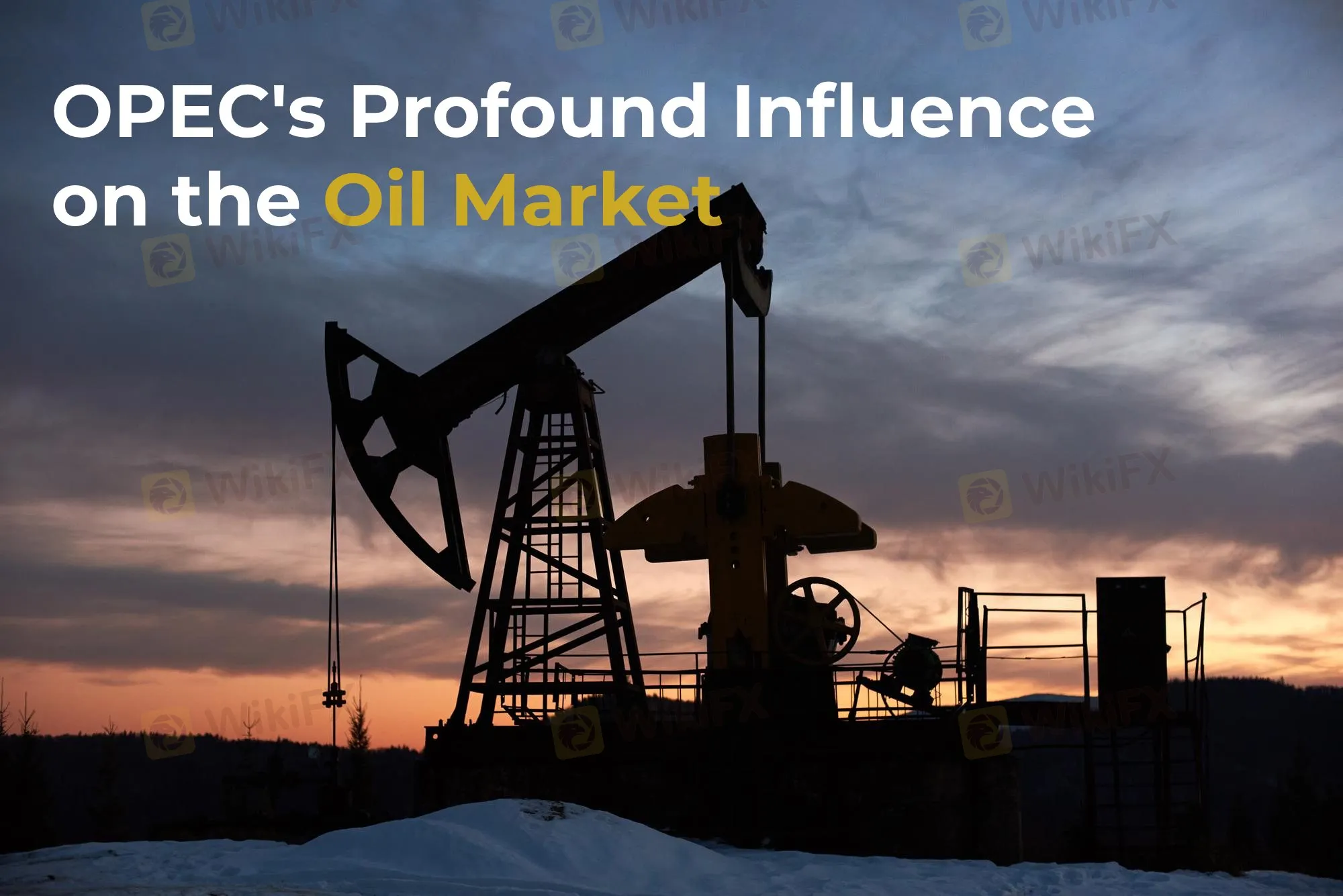简体中文
繁體中文
English
Pусский
日本語
ภาษาไทย
Tiếng Việt
Bahasa Indonesia
Español
हिन्दी
Filippiiniläinen
Français
Deutsch
Português
Türkçe
한국어
العربية
OPEC's Profound Influence on the Oil Market
Abstract:At present, oil prices remain relatively stable, but global economic recovery and shifting market demands continue to drive price fluctuations. Amid an uncertain global economic and geopolitical landscape, OPEC’s policies and actions remain key determinants of oil prices.

Currently, oil prices are hovering between $70 and $75 per barrel, maintaining a steady range. The slight rebound in prices is largely due to an uptick in global demand, along with growing concerns about geopolitical risks. While the global economic outlook remains uncertain, the gradual recovery of major economies has boosted crude oil demand, pushing prices higher. Investors and analysts are closely monitoring OPECs production policies to see how the organization adjusts in response to changing global energy needs.
How OPEC and Geopolitics Affect Oil Prices
OPEC plays a pivotal role in influencing oil prices. As a major global oil-producing organization, every decision OPEC makes regarding production cuts or increases directly impacts global prices. For example, in late 2019 and early 2020, OPEC, along with non-OPEC nations, decided to reduce production, successfully driving up oil prices. In addition, geopolitical factors are another significant driver of oil price volatility. Tensions in regions like the Middle East can disrupt oil supply, causing prices to surge. In such cases, OPEC often adjusts production levels to respond to external risks and stabilize the market.
Understanding OPEC, OPEC+, and Non-OPEC Countries
OPEC (Organization of the Petroleum Exporting Countries) is an international organization founded in 1960, consisting of 14 major oil-producing countries. These nations control around a quarter of global oil supply, with significant members like Saudi Arabia, Iraq, and the UAE.
OPEC+ is a cooperative alliance formed between OPEC and some non-OPEC oil-producing nations, including Russia, with the goal of jointly managing global oil prices through coordinated production cuts or increases.
Lastly, non-OPEC countries are those that are not part of OPEC but are still major oil producers, such as the United States and Canada. These countries also influence global oil prices, particularly with the rise of U.S. shale oil production, which has increasingly impacted market trends in recent years.
In conclusion, the decisions and strategies of OPEC, OPEC+, and non-OPEC nations directly shape the volatility of global oil prices through their production adjustments and geopolitical considerations.

Disclaimer:
The views in this article only represent the author's personal views, and do not constitute investment advice on this platform. This platform does not guarantee the accuracy, completeness and timeliness of the information in the article, and will not be liable for any loss caused by the use of or reliance on the information in the article.
Read more

Silver surges past $33—are you ready for what comes next?
Silver has once again become the center of attention in global financial markets.

171 years! One of this country’s largest crypto-related fraud
A federal court in Brazil has handed down one of the harshest sentences in the country’s history for a crypto-related fraud, jailing three executives of the now-defunct Braiscompany scheme to a combined 171 years behind bars. The case, which saw some 20,000 investors lose approximately R$1.11 billion (about USD 190 million), underscores Brazil’s intensifying crackdown on unregulated cryptocurrency operations

Japan Issues Urgent Warning on $700M Unauthorized Trades
Japan's FSA warns of $700M in unauthorized trades from phishing attacks on brokerage accounts. Cybersecurity threats continue to rise in the country.

Protect Your Portfolio in the Storm | What Are Safe Haven Assets?
Gold surged to an all-time high on Tuesday, driven by renewed weakness in the US dollar, ongoing trade war tensions, and critical remarks from President Donald Trump aimed at the Federal Reserve. These factors fuelled strong demand for safe-haven assets, pushing bullion above US$3,485 an ounce for the first time. But what exactly are safe haven assets? Why is everyone raving about them?
WikiFX Broker
Latest News
FCA Issues Alerts Against Unauthorised and Clone Firms in the UK
Consob Orders Blackout of 9 Fraudulent Financial Websites
eXch Exchange to Shut Down on May 1 Following Laundering Allegations
How a Viral TikTok Scam Cost a Retiree Over RM300,000
FCA Proposes Simplifying Investment Cost Disclosure for Retail Investors
JT Capital Markets Review
Fresh Look, Same Trust – INGOT Brokers Rebrands its Website
Tradu Joins TradingView for Seamless CFD and Forex Trading
Japan Issues Urgent Warning on $700M Unauthorized Trades
Silver surges past $33—are you ready for what comes next?
Currency Calculator


